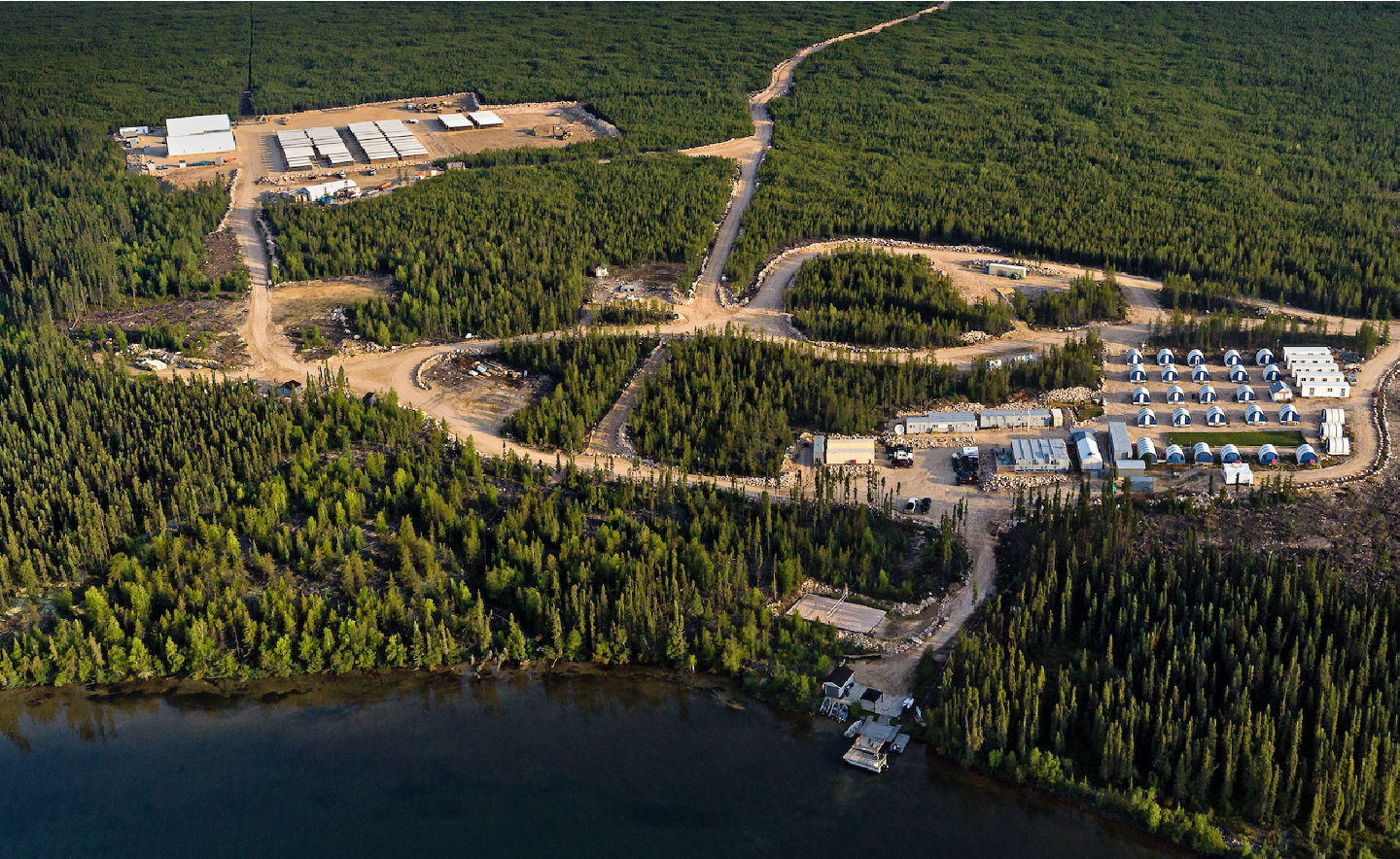X-Ray Spectroscopists turn to PGT’s new SAHARA III for demanding SDD applications
<!–[if !mso]> <! st1\:*{behavior:url(#ieooui) } –>
 Princeton Gamma Tech Instruments (Princeton, NJ) has introduced the SAHARA III, a new Peltier-cooled Silicon Drift Detector which offers users an active detector area of 100 mm2.
Princeton Gamma Tech Instruments (Princeton, NJ) has introduced the SAHARA III, a new Peltier-cooled Silicon Drift Detector which offers users an active detector area of 100 mm2.
“What would happen if you told knowledgeable users in the field of x-ray spectroscopy that there was a cryogen-free lightweight compact detector system that could achieve low-energy resolutions below 125eV and high count-rates above 100kps, and all this with a cool down period less than 2 minutes ? They would either laugh at you or insist on buying one, or multiple units”, proclaims Dr. Ying, Chief of Detector Technology at Princeton Gamma Tech Instruments.
The company has delivered just this with the new SAHARA III, the latest in the SAHARA line of superior x-ray detector systems that utilize Peltier-cooled SDD technology. The SAHARA III sports an active detector area ranging from 10mm2 to 100mm2, and standard beryllium or low-energy polymer windows. The Sahara III nicely complement PGT’s other x-ray detector offerings that include liquid-nitrogen cooled Si(Li), IGX and multi-element detector arrays.
About PGTI –
Princeton Gamma-Tech Instruments is a leading supplier of X-ray and Gamma-ray Detectors and Spectroscopy systems, portable Radioisotope Identifiers, and portable Chemical Analyzers. We serve a broad customer base in scientific research, industrial materials analysis, and Homeland Security. PGT operates a full customer service and reachback program, backed by a modern manufacturing and service facility.
Princeton Gamma-Tech has been a leader in the field of semiconductor gamma-ray and x-ray detectors for over 30 years. When General Electric first produced high-purity (intrinsic) germanium crystals in 1972-73, PGT manufactured the first commercial HPGe planar detectors, soon followed by the first HPGe coaxials. Since that time, PGT HPGe detectors have explored outer space, gone to the depths of mines in search of beta-beta decay in enriched germanium, and found uses throughout the world in nuclear power plants, environmental measurements, and aerospace studies.
Technical Contact
Dr. Leong Ying, Detector Technology
609-924-7310 / leong.ying@pgt.com
{{ commodity.name }}
{{ post.title }}
{{ post.date }}

Comments